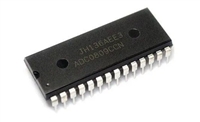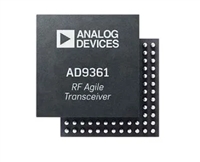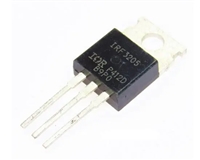Materials
The material selection for tooling is critical. The material must
be able to meet the in-service demands placed on the tooling components. The two critical tooling components
to be reviewed are the wire crimper and the anvil.
The wire crimper and the anvil have different functional demands. Both have the need to withstand high loads and
moderate shock. However, the wire crimper is in fact an aggressive forming tool. It must withstand high shear
loading that is a result of frictional loads generated as the terminal barrel slides along the crimper surfaces in the
forming process, and then as the terminal barrel is plastically deformed and extruded to complete the termination.
The anvil experiences some of the same conditions but to a much lower level of severity.
The wire crimper and the anvil can be likened to a punch and die in the world of metalworking. The materials used
in punch and die applications have been well documented, along with the material selection process. The added
severity of the aggressive forming and the terminal and wire extrusion during crimping add complexity
to the material selection. The material selection process involves:
• Strength of materials with emphasis on toughness needed to
withstand the moderate shocks generated during crimping
•
Wear resistance to maintain form
In addition to the above design considerations, there exists another phenomenon that occurs during crimping that
can significantly shorten the useable life of a wire crimper. Material can be transferred from the terminal barrel to
the wire crimper. This material buildup can result in unacceptable terminations. The crimped terminal surfaces can
actually be deformed by the indentations of the deposited material. Crimp deformation may result due to in-
creased friction. Tooling wear can be accelerated due to higher crimp forces. Surface treatments that minimize
this material transfer are critical to extended tooling life.
Strength of Materials
Crimpers and anvils are designed to be able to withstand stresses that are typically encountered during crimping.
The basic design of tooling with reference to size and geometry has been well analyzed and generally stresses
generated during crimping are able to be accommodated. However, there are always demanding applications that
will tax the design to its stress limits. In those cases, geometry and material may depart from the standard design.
These exceptions are dealt with on a one-by-one basis and will not
be discussed here.
It is the unique requirement of stress and shock that needs to be discussed. Peak crimp loads go from zero to
maximum in less than 40 ms. Tooling needs to withstand this load cycle at a rate of greater than once per second.
Several classes of tool steels are suitable and are well described in the material handbooks. It is the processing of
these materials that can make a significant performance difference.
In order to withstand the rapid loading to a high stress on a repeated basis, the surface of the material must mini-
mize cracks and imperfections that may be generated during the machining and/or heat treat operations. It is im-
portant that grain structure be controlled in size and orientation to achieve maximum and consistent service life.
Decarburization of the surface during heat treating must be controlled. Heat treating process controls are critical
to reproducing the optimal surface. Machining processes must also be controlled to avoid surface cracking due to
excessive heat generation during overly aggressive material removal. Likewise, localized tempering may occur,
which can soften material beyond the effective range.
These variations in final material and surface conditions are not readily detectable with a visual inspection. They
can manifest themselves during service and result in unacceptable tooling performance.
Wear Resistance
Wear is generally described as the gradual deterioration of a surface through use. Several types of wear exist and
include adhesive, abrasive, and pitting. By design, the tooling is able to withstand normal surface loads. Thus, pit-
ting is typically not an issue.
The primary wear mode experienced by crimp tooling is adhesive wear. Adhesive wear occurs as two surfaces
slide across each other. Under load, adhesion, sometimes referred to as cold welding, can occur. Wear takes place
at the localized points of adhesion due to shear and deformation. Adhesion is highest at the peaks of surface fin-
ish because that is where the load is greatest. During crimping, the ideal conditions exist for adhesive wear. That is,
• High loading due to crimp force
• Sliding surfaces due to crimp formation, and terminal and
wire extrusion






 SI2301 N沟道MOSFET:资料手册参数分析
SI2301 N沟道MOSFET:资料手册参数分析

 ADC0809逐次逼近寄存器型模数转换器:资料手册参数分析
ADC0809逐次逼近寄存器型模数转换器:资料手册参数分析

 AD9361捷变收发器:全面参数解析与关键特性概览
AD9361捷变收发器:全面参数解析与关键特性概览

 IRF3205功率MOSFET:资料手册参数分析
IRF3205功率MOSFET:资料手册参数分析
